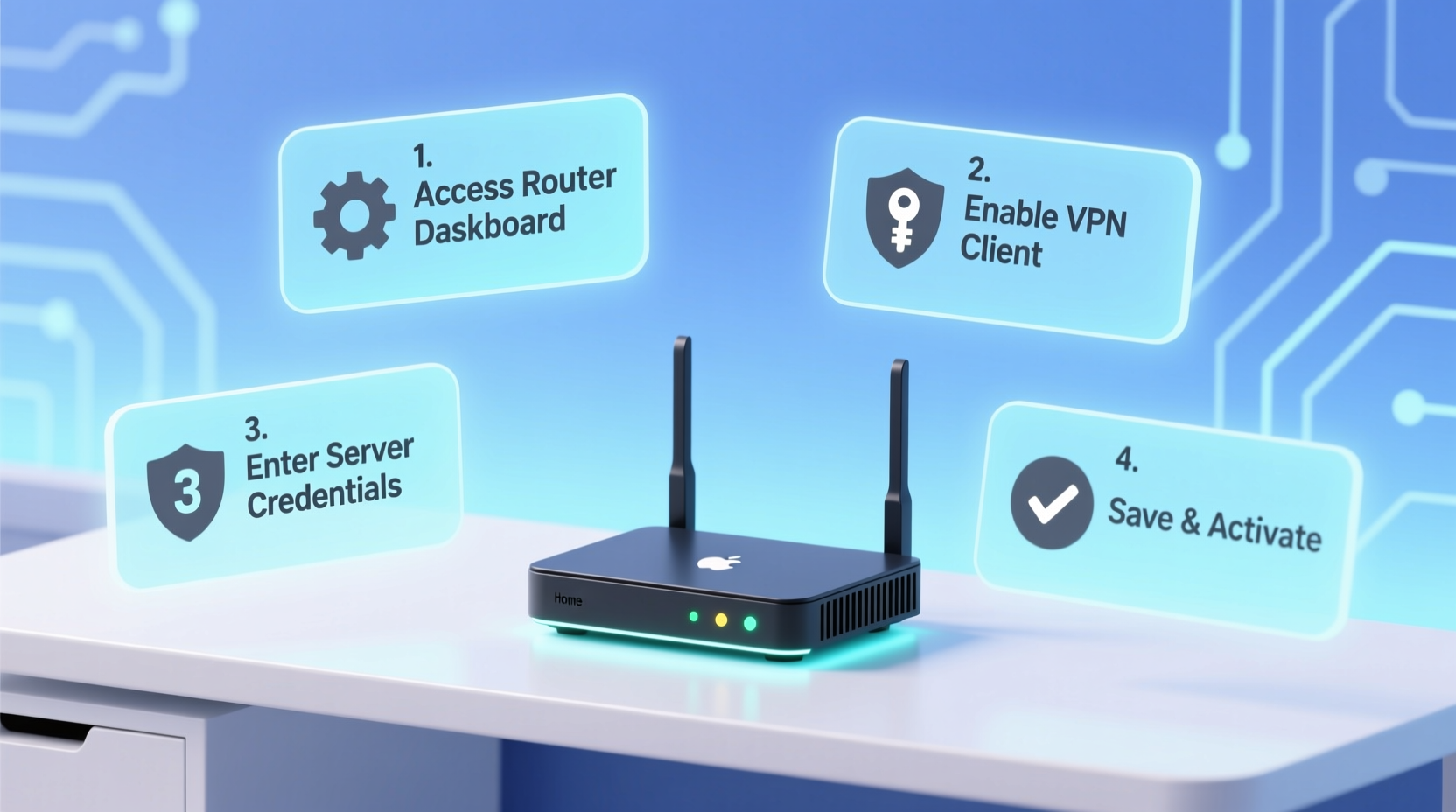Setting Up a VPN on Your Router: A Comprehensive Guide
An effective VPN (Virtual Private Network) can encrypt and secure web traffic on a personal computer or mobile device, and setting it up on a router extends these benefits to your entire network of devices. This setup ensures that all connected devices inherit the same VPN connection, bringing uniform security and privacy across your home or office network.
Understanding VPN Router Requirements
Before diving into the setup process, it's crucial to understand that your router will act as a VPN client, not a server. This distinction means you'll require access to an existing VPN service. Additionally, not all routers have VPN capabilities, so verifying your specific model's features is essential before proceeding.
For this guide, I'll demonstrate the setup process using a Netgear Mesh Orbi router and a Windows PC. Although each router has different firmware and user interfaces, the outlined steps can serve as a general framework applicable to various routers and operating systems, including macOS and mobile devices.
Initial Steps for VPN Configuration on a Router
-
Access Your Router's Firmware
Start by logging into your router's firmware through a web browser. Typically, routers use a default IP address such as 192.168.1.1. However, to ensure accuracy, open the Command Prompt (or Terminal) and type
ipconfig(orifconfigon macOS). The "Default Gateway" entry shows your router's IP address. Enter this into your browser to access the login page and sign in with your router's credentials. -
Activate the VPN Service
Within the router's firmware, locate the VPN or VPN service settings, typically found under advanced settings. Activate this feature, which may involve navigating through several menu layers depending on the router's interface. Apply the changes once the VPN setting is enabled.
Dynamic DNS Setup: Ensuring a Stable Connection
A critical consideration when configuring a VPN on a router is dealing with IP address changes issued by your Internet Service Provider (ISP). A dynamic DNS (DDNS) service can help maintain a stable IP address for your VPN connection:
- Static IP Address: Keeps your IP constant, though not always feasible as ISPs may charge extra for static IPs.
- Dynamic DNS (DDNS): Automatically updates your IP address, ensuring your VPN connection remains uninterrupted even if your ISP changes your address. Register for a free DDNS account provided by your router manufacturer if available, or through external providers.
After registering, log in to your DDNS account via the router's firmware to integrate dynamic IP management.
Configuring and Installing the VPN Client
With DDNS settings in place, return to the VPN setup in your router's interface and download the necessary configuration file for your operating system. The subsequent steps involve installing a VPN client on your devices:
- Download the client software relevant to your operating system (Windows, macOS, iOS, Android).
- Install the VPN client and import the configuration file downloaded from the router.
For Netgear routers, OpenVPN is a common choice. Installing this software provides an intuitive user interface for managing VPN connections.
Finalizing the VPN Connection on Devices
With the client installed, finish configuring the network connection:
- On Windows, navigate to the Network & Internet settings, locate "Change adapter options," and identify the new VPN network (it might be named "OpenVPN Tap"). Rename it to something intuitive, like "NETGEAR-VPN."
- Connect to the VPN by launching the client from the System Tray or application folder. A successful connection should reflect in data traffic indicators within the client's status window.
Adjustments and Considerations
Remember, your experience may vary based on your router's make and model. Some setups might require third-party firmware like DD-WRT for advanced features not available through the default firmware. While not all setups require it, incorporating a DDNS service can be beneficial for maintaining a seamless VPN connection.
Conclusion
Setting up a VPN on your router can significantly enhance the security and privacy of your entire network. By following these general steps and adapting them to your specific router model, you'll be able to protect all connected devices effectively. Keep in mind that while initial setup might seem complex, the long-term benefits of a secure network environment can greatly outweigh the initial efforts.
Explore further topics on VPNs, such as testing VPN functionality, reasons for opting for specific VPN services, and how to troubleshoot connection issues to ensure your VPN performs optimally.











 浙公网安备
33010002000092号
浙公网安备
33010002000092号 浙B2-20120091-4
浙B2-20120091-4